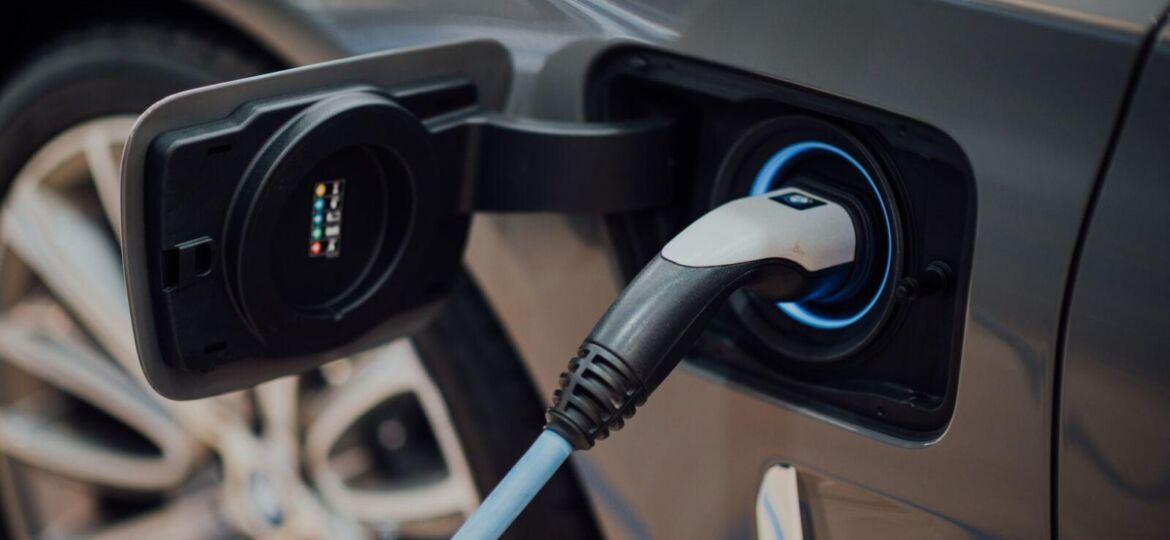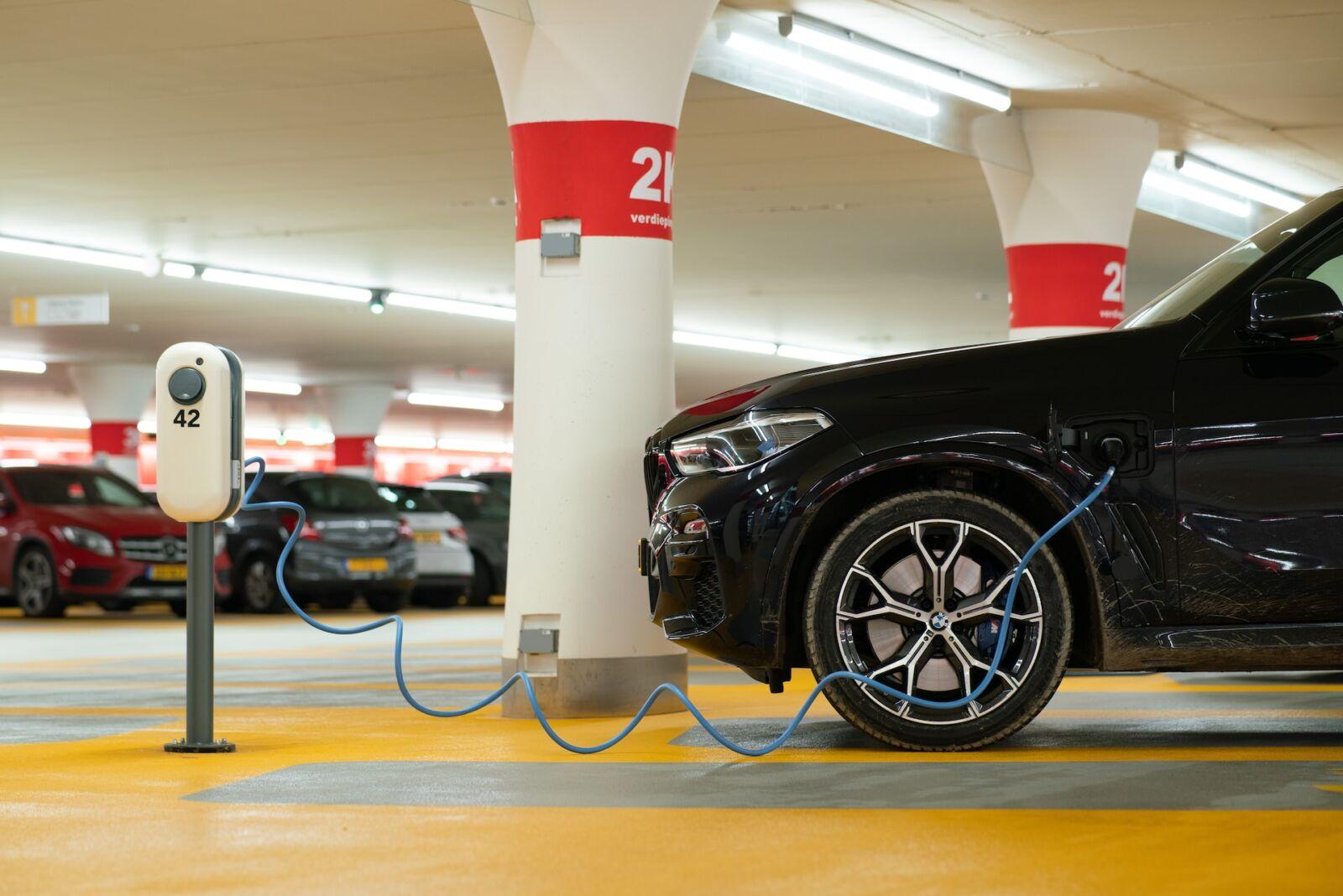
In recent years, there has been a significant increase in the number of electric vehicles worldwide, which brings with it a number of challenges for electric mobility in buildings. To meet this growing demand, it is necessary to have an adequate charging and energy management infrastructure in place. In this article, we will show how it is possible to prepare buildings for electric mobility, within the framework of centralised technical management, in order to meet these challenges.
In Portugal, the increase in the number of electric vehicles in circulation has also been encouraged by the Government, which has launched measures to support electric mobility. At a global level, it is an industry that has been growing, with the forecast that by 2030, about 30% of the vehicles in circulation will be electric. This transition presents several challenges, namely the need for an adequate charging infrastructure, load management in collective buildings and the impact on the electric grid.


Charging infrastructure is one of the biggest challenges of electric mobility. It needs to be adequate and sufficient to support the growing demand for electric vehicles. It is important to choose the right type of charger and its location and distribution, in order to ensure that electric vehicles can be charged efficiently. Likewise, it is essential to have an appropriate sizing and load management system for each building. Today, the biggest obstacle in the electric mobility industry is the difficulty of creating the necessary amount of charging stations (it is estimated that by 2030 more than 55 million charging stations will be needed), unlike before when the biggest problem was the range of the vehicles, which did not allow longer journeys.
The implementation of centralised technical management solutions for electric mobility can bring significant reductions in energy costs, which reflect in the reduction of operating costs of the building. In addition, with the use of technologies that optimise energy consumption, it is possible to improve the energy efficiency of the building and reduce the environmental impacts caused by energy consumption.

With the increase in the number of electric vehicles in circulation, the need to provide charging points becomes essential. The installation of charging infrastructure for electric vehicles allows greater autonomy and convenience for users of electric vehicles. This means that building owners can offer more benefits to their customers. Not making this transition could mean losing potential customers for the reason that they have nowhere to load their vehicles.

The growing demand for electric vehicles cannot be ignored. That’s why it is essential to prepare buildings for electric mobility! With building management system, we can ensure a reliable and efficient charging infrastructure and integrate other energy efficiency solutions to reduce costs and improve the sustainability of buildings. And it doesn’t stop there! With efficient lighting systems, presence sensors, climate control, task automation and consumption management, we can benefit both electric car users and the environment. The mobility sector has a huge potential for transformation and innovation, and preparing buildings is a crucial step in this direction. By adopting advanced technologies and energy efficiency solutions, we can create smarter, more efficient and sustainable buildings, ensuring an electric and greener future.
WiseBuilding® can provide technical support for any project that enables you to prepare your building to install electric car chargers. Contact us.
WISEFRAMEWORK is a BACnet B-AWS certified software solution for state-of-the-art integration, control, management and visualisation in building automation systems. Designed to redefine the way buildings are operated through an open platform and seamless harmonisation between building-generated data by supporting multiple protocols including BACnet, Modbus, KNX, OPC-UA and MQTT. Through the use of Haystack technology, the software also empowers the building for the future at the forefront in the integration of the various technical systems.


